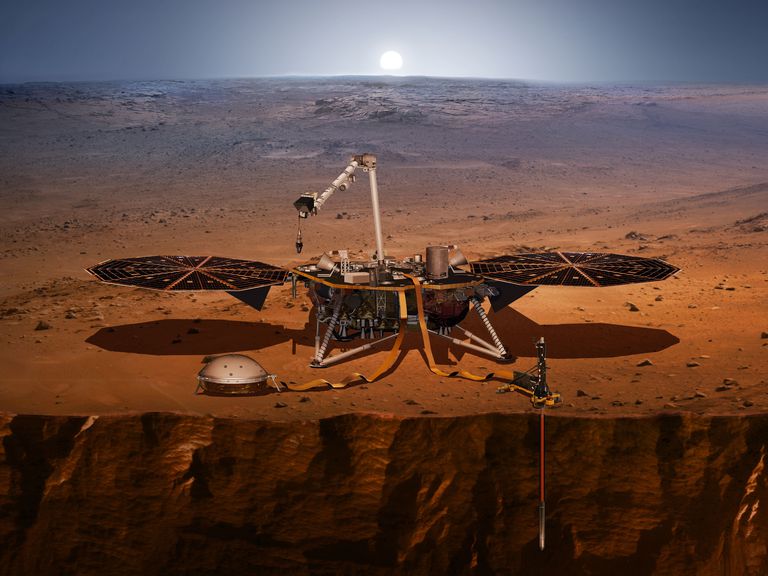On Saturday, May 5, NASA is launching its newest Mars lander. The Mars InSight lander is set to arrive at Mars in November. This spacecraft is a first of its kind because it will be launched from the West Coast unlike other launches to Mars. More importantly, however, this lander is unique because it will attempt to peer beneath the surface of Mars; past rovers have only been able to explore their surroundings and at most collect samples and drill into the topsoil. Unlike the past rovers, the InSight lander will stay still, rather than moving around Mars’s surface, so that it can measure the internal properties of Mars. One thing the Insight lander is set to look for is marsquakes, or seismic activity on Mars. Earthquakes on Earth are caused by plate tectonics, whereas marsquakes are caused by volcanism. When a marsquake occurs, the InSight will be able to take a picture of Mars’s interior for astronomers on Earth to see. The goal is that greater study of Mars’s interior will be able to give us more insight into how Mars was formed. We have a general idea about how rocky terrestrial planets like Mars were formed, but we would like to learn more about how Mars came to be the cold, geologically dead world it is today.

Illustration of InSight from NASA
Some of the information to be gathered includes the thickness of Mars’s crust and the composition of its mantle and core. In particular, three main experiments will be conducted by InSight. The Seismic Experiment for Interior Structure will track marsquakes and internal activity. This will tell us more about Mars’s history and structure. The Heat Flow and Physical Properties Package will measure the movement of heat under Mars’s surface. This will tell us more about how Mars’s interior has evolved over time. The Rotation and Interior Structure Experiment will use radio signals to detect rotational wobbles. This will tell us more about the properties of the core and the interaction between the core and the mantle. It is the hope of scientists that with the results from this mission, we will be able to better understand how and why Mars formed the way it did and what it would take for worlds similar to Mars to form, whether they be terrestrial worlds in our own solar system or even exoplanets in other star systems. Fascinatingly enough, these studies of Mars’s interior will help the scientific community learn about planetary formation and evolution that extends beyond our own solar neighborhood!

You must be logged in to post a comment.